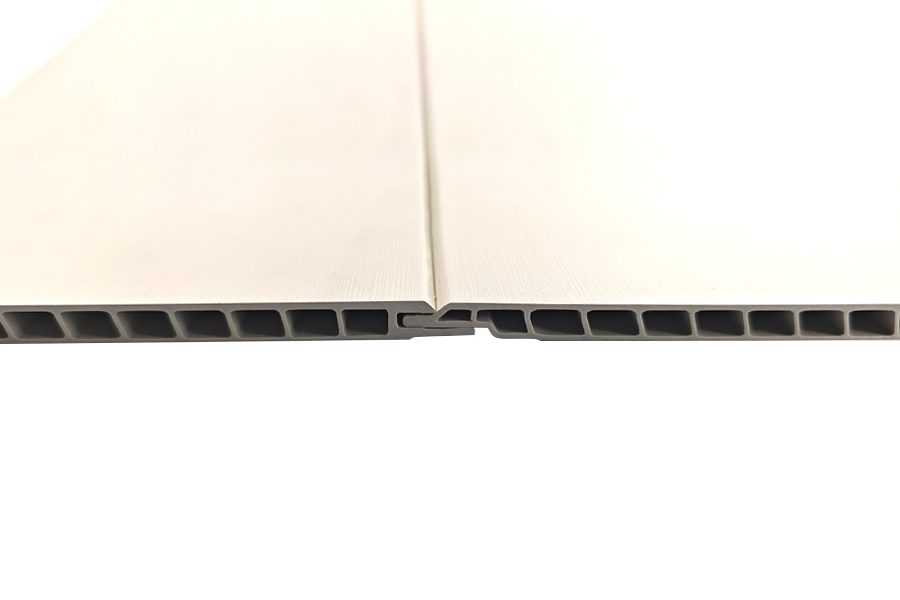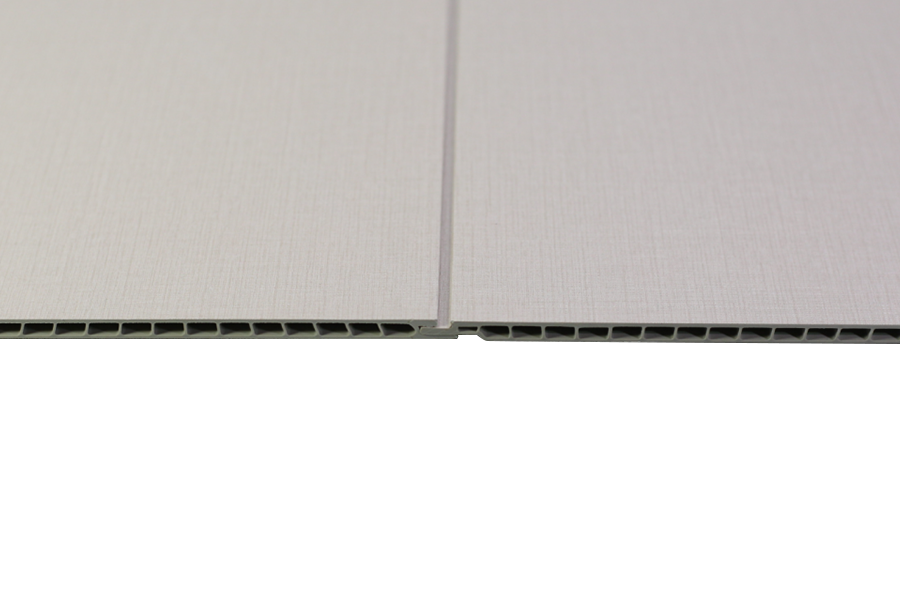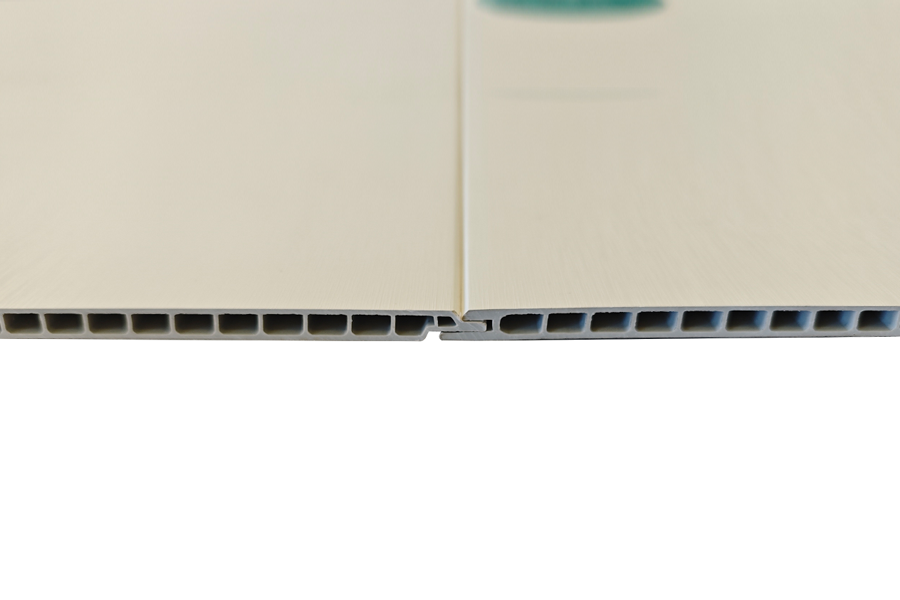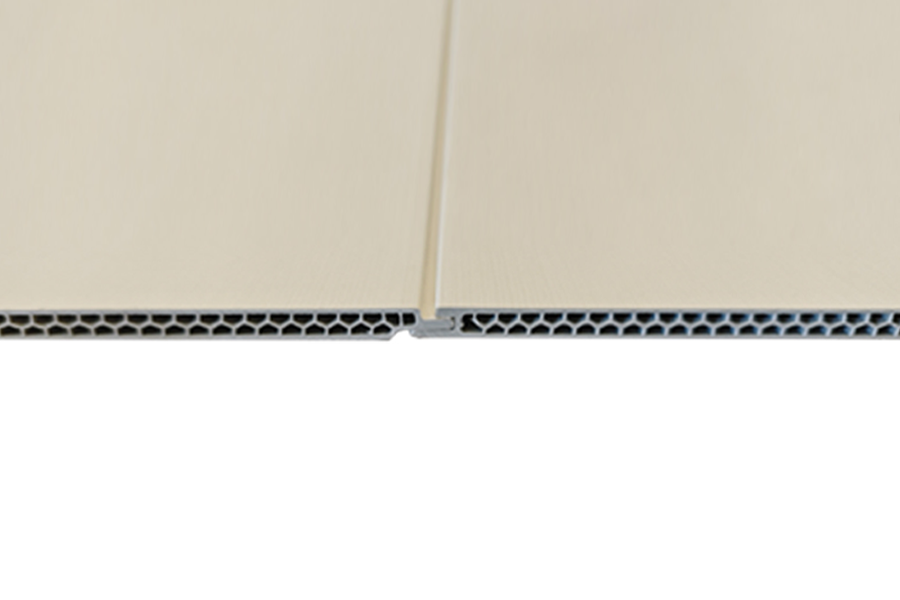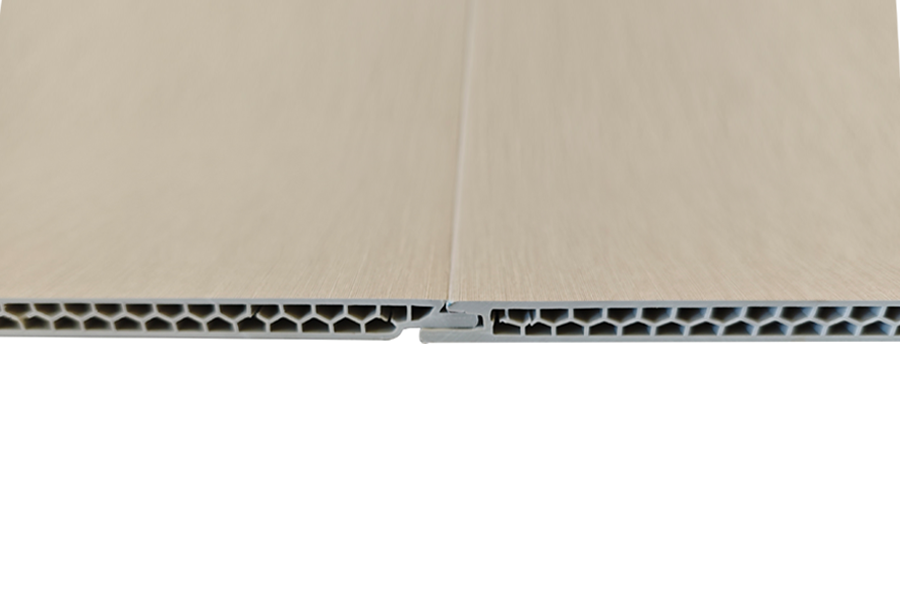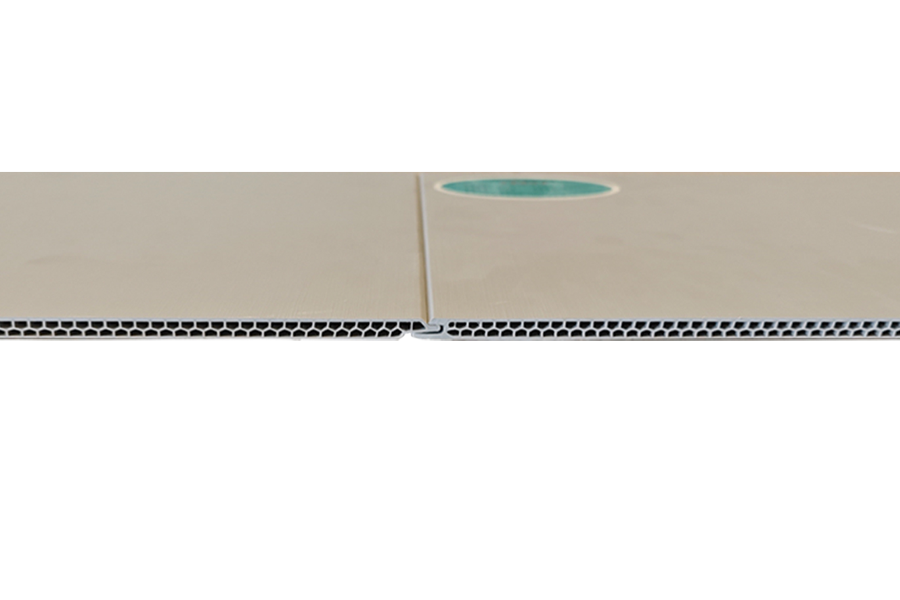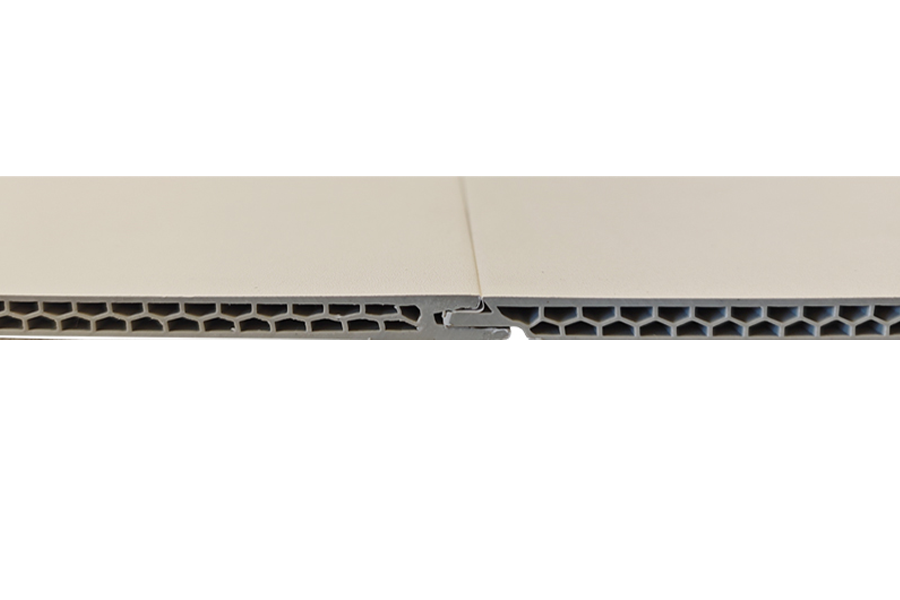As the demand for quieter, more acoustically controlled environments grows in both commercial and residential settings, the range of soundproofing materials has expanded significantly. Among the latest innovations in this field are 3D soundproof wall panels, which are redefining how sound treatment can be approached. At the same time, traditional options like insulation boards, foams, and Acoustibuilt wall panels continue to serve their purpose across many sectors. So how do acoustic 3D panels compare to these standard materials in terms of performance, design, installation, and value?
One of noticeable differences between 3D soundproof wall panels and standard soundproofing products is their visual impact. While traditional materials prioritize function over form, 3D soundproof wall panels combine high-level acoustic performance with eye-catching design. These panels are often used not only for their sound-dampening qualities but also as decorative features in offices, conference rooms, and high-end residential spaces. This dual function is especially attractive to clients looking to merge style with substance in their interiors.
Acoustic 3D panels offer another advantage: improved surface area for sound absorption. Due to their three-dimensional structure, they can scatter and diffuse sound more effectively than flat panels. This helps reduce echoes and control mid- to high-frequency noise, making acoustic 3D panels ideal for environments where speech clarity is essential, such as classrooms, meeting rooms, and podcast studios. Standard panels, including Acoustibuilt wall panels, may provide solid baseline performance, but they lack the diffusion properties that the contoured surface of acoustic 3D panels naturally offers.

Durability is another factor that clients consider when choosing between these two solutions. Acoustibuilt wall panels, a well-known commercial-grade product, offer a strong, seamless finish that mimics drywall while still delivering acoustic benefits. These panels are ideal for spaces that need to maintain a clean, uninterrupted surface, such as hotel lobbies or auditoriums. On the other hand, 3D soundproof wall panels are often constructed from materials like molded foam, polyester fiber, or even wood composites, which are less durable in high-impact areas but excel in specialized zones that value design and moderate acoustic treatment.
Installation complexity also plays a role in the decision-making process. Acoustibuilt wall panels require more labor-intensive installation methods, as they are often built into the wall system itself or require drywall finishing techniques. 3D soundproof wall panels, in contrast, are typically lightweight and designed for easy mounting. Most can be installed with adhesive or mounting clips, making them more DIY-friendly and suitable for retrofit applications. This makes 3D soundproof wall panels appealing to design firms and property managers who need fast, flexible solutions.
From a cost perspective, 3D soundproof wall panels and acoustic 3D panels can range widely depending on materials, size, and design complexity. However, they often fall in a similar price range as high-end Acoustibuilt wall panels, especially when factoring in installation labor for the latter. For clients who value aesthetics alongside performance, the additional investment in 3D soundproof wall panels is often justified.
Another key consideration is acoustic performance certification. Acoustibuilt wall panels are typically tested to meet specific NRC (Noise Reduction Coefficient) ratings, offering a predictable level of performance. Acoustic 3D panels, while highly effective, may vary in performance depending on their shape and material. For clients requiring compliance with acoustic standards in commercial spaces, Acoustibuilt wall panels might offer more assurance. However, for creative spaces where flexibility and design matter, acoustic 3D panels bring outstanding versatility.
The choice between 3D soundproof wall panels, acoustic 3D panels, and Acoustibuilt wall panels depends on the priorities of the space. Is visual design a high priority? Is ease of installation a concern? Is standardized acoustic performance essential? By understanding the strengths and limitations of each option, clients can make an informed decision that balances form, function, and cost—ensuring the right soundproofing solution for their unique needs.






 Español
Español عربى
عربى русский
русский

